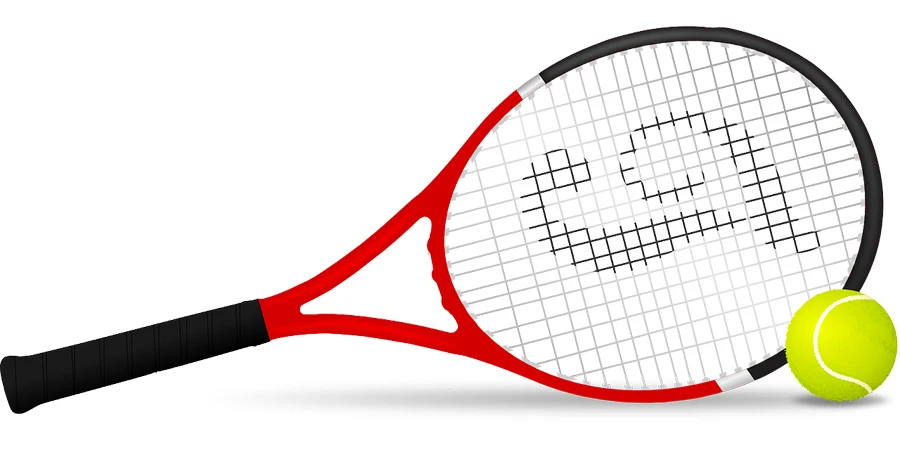Table of Contents
● Introduction
● Market Overview
● Analyzing Different Types of Tennis Equipment and Their Features
● Key Considerations When Selecting Tennis Products
● Conclusion
Introduction
Having the right tennis gear is key to improving a player’s performance by providing accuracy and comfort for success on the court. Retailers need to keep up with the trends and advancements in the tennis equipment industry to meet the changing needs of professional players. With technology progressing rapidly, tennis equipment has become more tailored to playing techniques and levels of expertise. The increasing worldwide fascination with tennis fuels the demand for top-notch gear that enhances performance. Retailers focusing on these aspects can improve customer service and take advantage of market openings.
Market overview
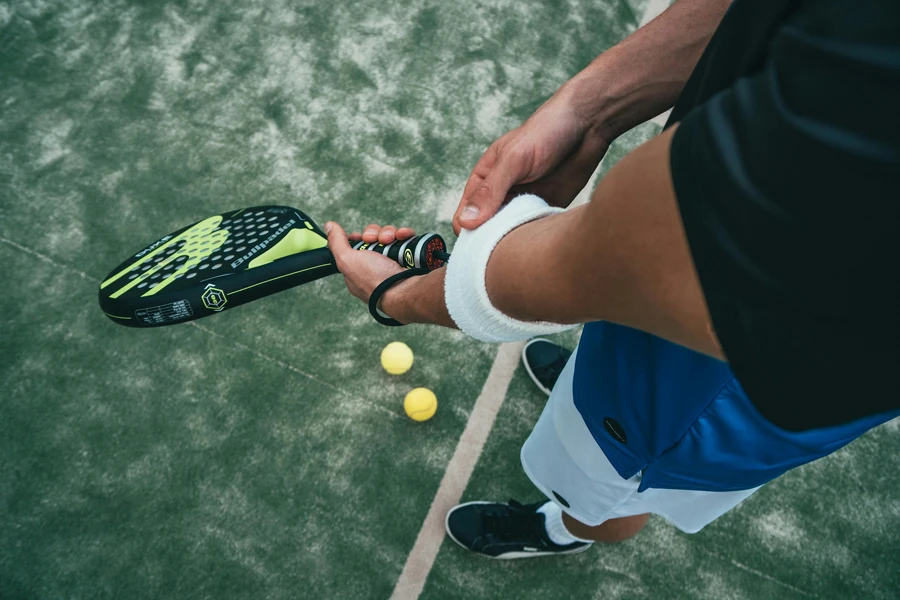
The worldwide tennis gear market is estimated to hit USD 4.59 billion by 2030, with a growth rate of 2.2% from 2022 to 2030. The market’smarket’s current value stands at about USD 2 billion as of 2024. This expansion is mainly fueled by the rising focus on health and fitness, leading to more people taking up tennis globally. During this period, equipment like racquets and eco-friendly and lightweight materials are expected to play a big role, per Persistence Market Research and Grand View Research reports.
North America is at the forefront of the market, with a 38% share of the market dominance. This is due to the United States and Canadian tennis culture and the impact of prestigious events such as the US Open tournament. Europe is coming second in the market share, with its array of tennis clubs and robust government backing encouraging young people to engage in the sport. In the coming years, the Asia Pacific area is expected to see expansion, driven by increasing incomes and a growing interest in nations such as China, India, and Australia, as noted by Exactitude Consultancy and Technavio.

Different types of tennis equipment and their features
The wide range of tennis gear on the market today highlights how the sport has evolved to meet the varying requirements of players at all skill levels. Every gear item improves performance, from high-tech racquets made with materials to shoes crafted for optimal support and comfort. Having a grasp of the qualities and advancements in racquets, balls, apparel, and accessories is essential for players and stores to make informed choices that cater to playing styles and preferences. This part goes into the categories of tennis gear and looks at the materials, technologies, and companies that shape today’s game.
Tennis racquet
Contemporary tennis rackets are made using cutting-edge materials and technologies to suit play styles and levels of expertise. Carbon fiber and graphite are commonly used to construct these rackets because of their strength, weight ratio, and flexibility properties. These materials offer improved control and power during matches. On the other hand, while metallic rackets are sturdy, they tend to be heavier. They are not as popular among more skilled players. An interesting development in the tennis equipment industry is the introduction of rackets with sensors to monitor performance metrics such as swing speed and shot accuracy. Companies such as Yonex and Wilson are at the forefront of these innovations. They are providing tennis rackets that blend artisanship with state-of-the-art capabilities, as per findings reported by sources like Persistence Market Research and Technavio.
Tennis balls
Different types of tennis balls are classified depending on their purpose, either for practice or professional matches. For professional games, tennis balls are usually crafted with top-grade felt and rubber engineered to offer bounce and endurance across different court surfaces. On the other hand, practice balls might incorporate materials or production techniques to keep expenses down while ensuring satisfactory performance. The quality attributes of tennis balls, like bounce and durability against wear and tear, are crucial for players seeking gear for competitive play. According to Grand View Research and Exactitude Consultancy reports brands such as Wilson and Dunlop are popular for their top-quality balls, commonly used in tournaments.
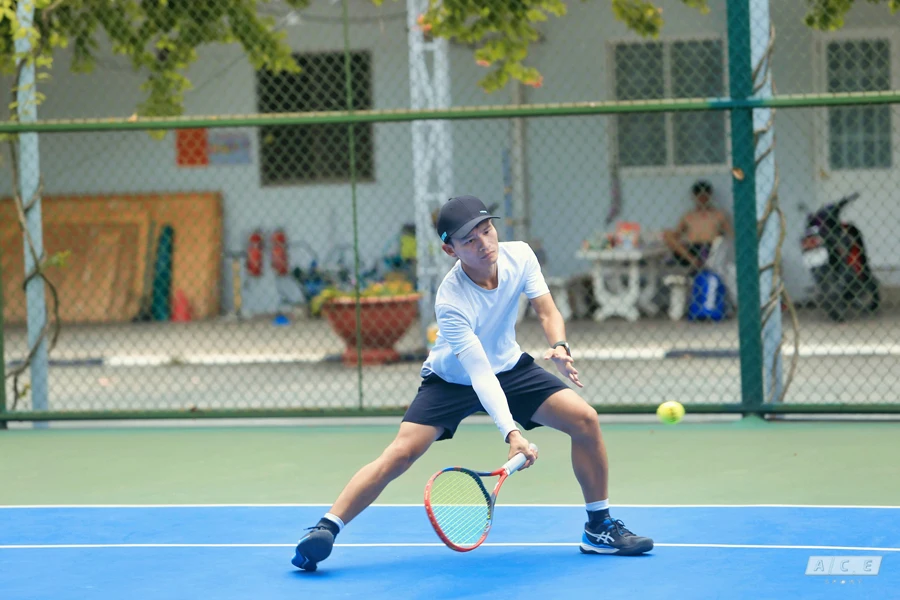
Apparel and footwear
The world of tennis clothing has come a long way in terms of innovation and comfort, thanks to advancements in fabric technology over the years. One major improvement is using moisture-wicking fabrics that help keep players feeling dry by whisking sweat from their skin during matches or training sessions. Moreover, breathable designs for tennis outfits have become quite popular in locations where air circulation is critical for comfort during playtime. Regarding footwear, technology has also made strides in enhancing player performance, with tennis shoes offering cushion support and traction tailored to various court surfaces. Companies such as Adidas and Nike lead the way by providing footwear tailored to athletes and casual players, enhancing performance. Lower the chances of injuries. An essential part of any player’s equipment arsenal, as noted by experts like Technavio and Grand View Research.
Accessories
The gear associated with playing tennis. Bags for equipment and personal items, along with wristbands. These days, enhancing the players’ experience in the sport is crucial. Over time, tennis bags have become more than a place to store things. They now come equipped with compartments for racquets and shoes. Current design trends lean towards creating bags that effectively meet contemporary players’ demands.
Moreover, the type of strings used in tennis racquets greatly influences performance. Options vary from synthetic to natural gut strings that offer power and control levels. Headbands and wristbands may not always get the attention they deserve. They play a role in keeping players comfortable by helping manage sweat during intense matches. According to reports from Persistence Market Research and Exactitude Consultancy, companies such as Babolat and Wilson are constantly improving these accessories to improve both performance and style.
Key considerations when selecting tennis products
When choosing tennis gear items, it’s important to consider factors that can impact how a player performs and enjoys the game. Various aspects play a role in deciding on the equipment for each individual; these include skill level and playing style, advancements in technology, and sustainability concerns. A grasp of these important factors helps players make well-thought-out choices that match their requirements and likes. Ultimately, this leads to an enhanced playing experience on the tennis court.
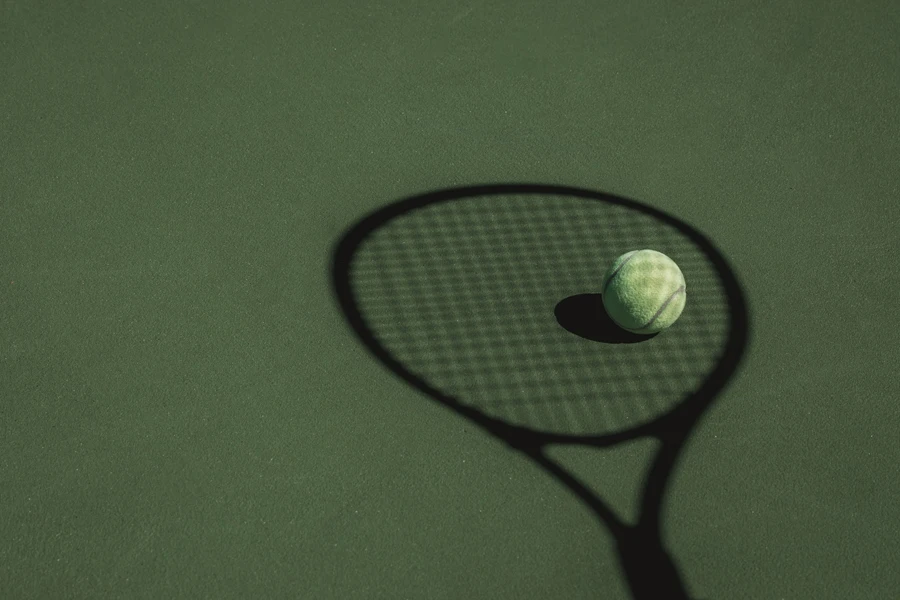
Skill level and play style
Starting your tennis journey involves considering the player’s skill level and playing style when selecting equipment wisely. Beginners may find larger head-size racquets as they offer forgiveness for off-center hits. Conversely, advanced players tend to opt for control-oriented racquets. Players who prefer an aggressive play style may benefit from using a heavier racquet for increased power. Meanwhile, defensive players may lean towards lighter racquets that improve their maneuverability capabilities. Based on information provided by Grand View Research, findings suggest an increasing trend in the desire for tennis racquets tailored to suit playing styles. This allows players to adjust their gear to align with their abilities and preferences.
Budget and durability
Choosing tennis gear involves balancing cost and quality to ensure performance on the court. Top-tier racquets and equipment boast cutting-edge materials and technologies that can boost your game but often come with a price tag attached. Despite the investment required for these high-quality products, they tend to last long, making them a wise investment for avid players. Persistence Market Research reveals a growing interest in mid-tennis gear as more players look for products that blend affordability and performance. This trend reflects a shift towards being more conscious of spending while still prioritizing equipment for a playing experience.
Technological integration
The trend of incorporating technology into tennis gear is on the rise. Gaining traction among serious players looking to enhance their practice sessions efficiently and effectively. For instance, smart tennis rackets can monitor various performance indicators like swing velocity, ball contact precision, and shot consistency, giving athletes insights for honing their skills. As per Technavio’s analysis, the increasing acceptance of these innovations is projected to lead to progress in players’ proficiency and training effectiveness.
Brand reputation and customer support
When choosing tennis gear, reputation and customer service are factors to consider for top-notch performance and dependability. It’s known that reputable brands such as Wilson, Babolat, and Yonex stand out for their products built to last. They go the extra mile by offering warranties and exceptional customer support. This ensures players can rely not only on the durability of the equipment but also on ongoing assistance in maintenance and support based on findings shared by Exactitude Consultancy.
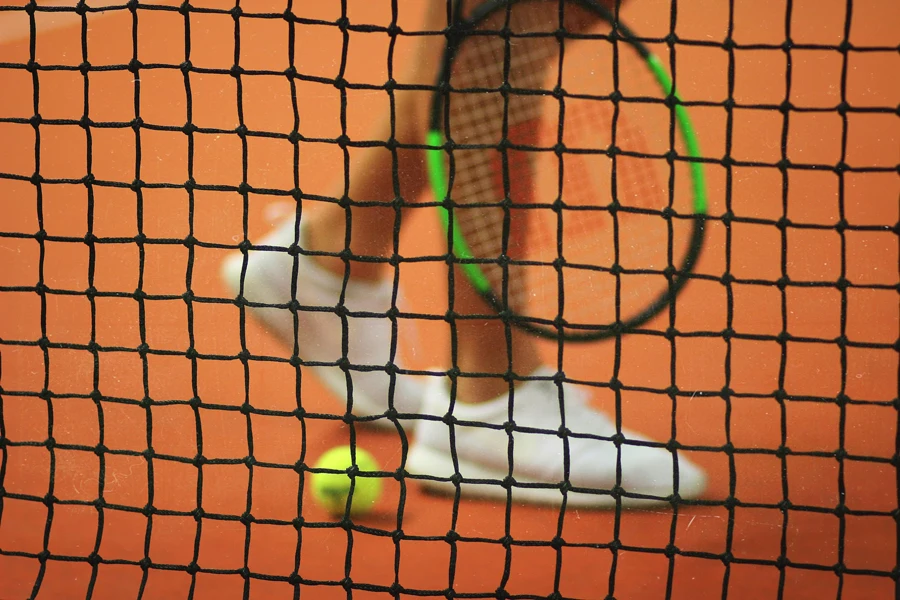
Sustainability
The rising awareness of issues is prompting individuals to focus on their tennis skills and the sustainability of their equipment choices. Tennis brands are stepping up by introducing eco-gear made from friendly materials and embracing sustainable production methods. A prime example is the Wilson line of racquets crafted from bio-based and recycled resources, as reported by Grand View Research. This shift in the industry showcases a commitment to decreasing the footprint. Choosing tennis products encourages green initiatives and resonates with a growing consumer base that prioritizes ecological consciousness.
Players can decide by considering these aspects when choosing tennis gear that improves their game and fits their preferences and budget constraints.
Conclusion
The tennis gear industry is seeing an uptick in growth due to technological advancements and the rising global interest in tennis as a sport of choice for enthusiasts worldwide. Selecting the right gear has become increasingly important with the expansion of the market. Players must consider their skill level and playing style when choosing equipment to help elevate their court performance. Furthermore, there is a shift towards eco-sustainable options in response to the changing preferences of today’s consumers. This adds a layer of complexity to the decision-making process when choosing tennis equipment.
It’s important to grasp these elements to make informed decisions that cater to various preferences effectively. Correct decisions can enhance a player’s performance and align with market trends such as the newest high-tech racquets or environmentally friendly clothing. In a changing industry landscape, players and retailers must stay updated about these advancements to navigate the field successfully. Players can guarantee they are ready to shine in the game by emphasizing top-notch quality, sustainability, and technological progress.
